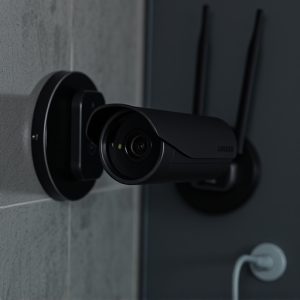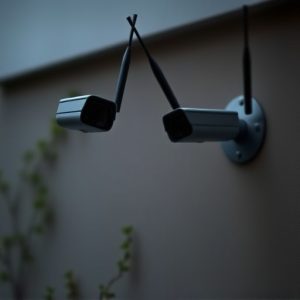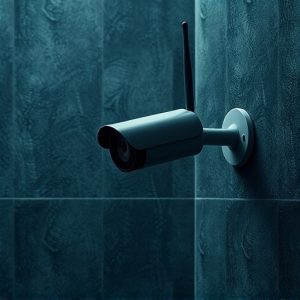Unveiling Hidden Spy Camera Wireless Technology: Benefits, Ethics, and Legalities
Wireless hidden spy cameras have revolutionized surveillance with their discreet, modern approach, o…….
Wireless hidden spy cameras have revolutionized surveillance with their discreet, modern approach, offering remote access and real-time video transmission via smartphone apps. Disguised as everyday objects like smoke detectors or power outlets, these versatile tools enhance home security and business operations, providing valuable insights into behavior. However, their clandestine operation raises ethical and legal challenges, requiring responsible use to respect privacy rights while balancing security needs.
Uncover the world of hidden spy cameras wireless—a technology that has transformed surveillance into a discrete art. From home security to professional applications, these tiny yet powerful devices offer unparalleled versatility. This article delves into the inner workings of wireless spy camera technology, exploring its diverse benefits and real-world uses. We also navigate the ethical landscape and legal implications, ensuring you’re informed about this innovative yet controversial tool.
Understanding Wireless Spy Camera Technology
Wireless spy cameras, often referred to as hidden spy cameras, have revolutionized surveillance technology. These innovative devices offer a discreet and modern approach to monitoring and recording activities, making them increasingly popular in various settings. The core of their functionality lies in wireless connectivity, allowing for remote access and real-time monitoring without the need for complex wiring.
A typical wireless spy camera consists of several key components: the camera unit itself, often designed to mimic everyday objects like smoke detectors or power outlets; a wireless receiver; and a power source. The camera captures video and transmits it wirelessly to the receiver, which can be connected to a monitor or recorded for later viewing. This technology provides users with unparalleled flexibility, enabling them to place these cameras in virtually any location where power and internet access are available.
Benefits and Applications of Hidden Spy Cameras
Hidden spy cameras, especially their wireless variants, offer a range of benefits and find applications in various areas due to their discreet nature. These small yet powerful devices can be easily installed without drawing attention, making them ideal for home security, surveillance, and monitoring. With wireless technology, setting up and managing these cameras is hassle-free; they can be remotely accessed via apps on smartphones or tablets, allowing users to keep an eye on their properties from anywhere at any time.
In the realm of home security, hidden spy cameras act as a deterrent against potential intruders. They enable homeowners to monitor their surroundings without compromising aesthetics or privacy. For businesses, these cameras are valuable tools for loss prevention and enhancing customer safety. Their versatility allows them to be used in offices, retail stores, warehouses, and more, providing peace of mind and valuable insights into operations and customer behavior.
Ethical Considerations and Legal Implications
The use of wireless hidden spy cameras raises a series of ethical considerations and legal implications that must be carefully navigated. While these devices offer enhanced security and surveillance capabilities, their clandestine nature can infringe on privacy rights if not used responsibly. It’s essential to remember that capturing images or video without consent is often illegal and unethical, regardless of the technology employed. The potential for abuse is a significant concern, as hidden spy cameras can be easily misused to invade personal spaces, compromise security protocols, or gather evidence in ways that circumvent legal processes.
In many jurisdictions, the use of wireless hidden spy cameras is subject to strict regulations, such as requiring permits or adhering to specific guidelines regarding their deployment. Individuals or organizations using these devices must ensure compliance with data protection laws and ethical standards governing surveillance practices. Transparency, consent, and proportionality are key principles that should guide the implementation of any surveillance technology, including wireless hidden spy cameras, to maintain a balance between security needs and individual privacy rights.


